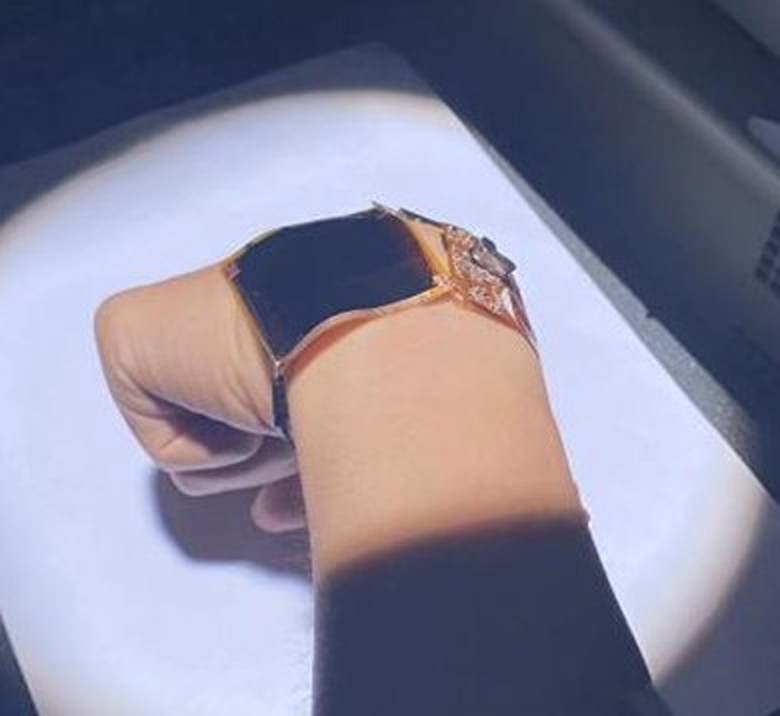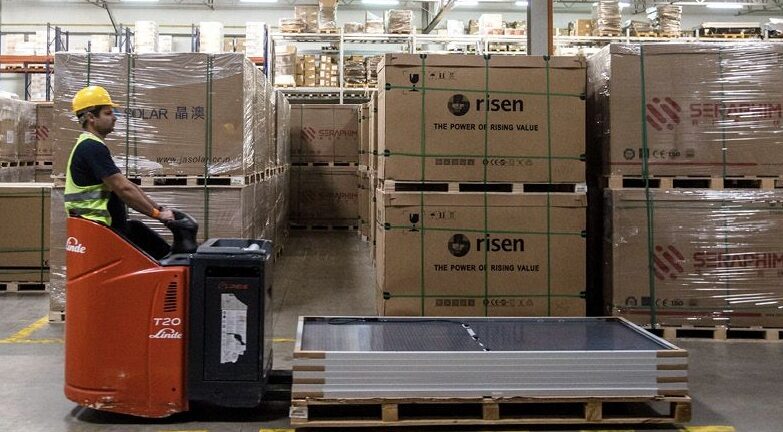Researchers at the Northwestern Polytechnical University in China have fabricated a flexible photovoltaic micro-power system for applications in wearable electronics.
“We built the system by integrating a flexible perovskite solar module with flexible maximum power point tracking (MPPT),” the research's corresponding author, Tao Ye, told pv magazine. “By adhering to the surfaces of human skin or clothing, without hindering mobility or adding extra burden, stable and efficient utilization of ambient air solar energy can be achieved.”
The key feature of the system is the customized fractional open circuit voltage (FOCV) algorithm employed for the MPPT technique adopted in the micro-power system. The common version of this algorithm is generally used to track MPP of photovoltaic systems due to easy its implementation and cost-effectiveness, although it also provides unstable output power and limited tracking accuracy. The customized version of the algorithm was said to have simplified logic and fewer iterations.
“The fundamental principle of the FOCV algorithm is as follows: the MPP voltage of a solar module always falls within a specific proportional interval of its open-circuit voltage, with each working voltage corresponding to a particular equivalent load value,” the scientists explained. “Therefore, it is crucial to monitor the real-time operating voltage to determine how the equivalent load should be adjusted next. This adjustment ensures that the real-time operating voltage aligns with the range of the MPP voltage, thereby enabling efficient tracking of the MPP.”

The system's MPPT structure is based on the customized FOCV algorithm, a DC-DC converter, a load or a rechargeable battery, a flowchart of MPPT, and a microcontroller.
“After designing the customized FOCV algorithm and the performance-matching DC-DC converter we conducted a series of experiments conducted on indoor, outdoor, and shaded environments,” Ye explained. “The proposed MPPT technique showed a high tracking accuracy of 99.25% and a tracking speed of only 0.2 seconds in the small power range. Moreover, the MPPT system demonstrated exceptional performance with its lightweight of merely 4.6 g and compact dimensions of less than 3 cm² × 3 cm².”
According to its creators, the micro-power system can be used to power portable electronics, such as electronic watches, Bluetooth earphones, and smartphones, without relying on heavy energy storage batteries or power supplies. “This system expands the way to efficiently harvest solar energy in highly adaptive and dynamic applications for small power range wearable electronics,” Ye added.
It was described in the study “Flexible photovoltaic micro-power system enabled with a customized MPPT,” published in Applied Energy.
This content is protected by copyright and may not be reused. If you want to cooperate with us and would like to reuse some of our content, please contact: editors@pv-magazine.com.




By submitting this form you agree to pv magazine using your data for the purposes of publishing your comment.
Your personal data will only be disclosed or otherwise transmitted to third parties for the purposes of spam filtering or if this is necessary for technical maintenance of the website. Any other transfer to third parties will not take place unless this is justified on the basis of applicable data protection regulations or if pv magazine is legally obliged to do so.
You may revoke this consent at any time with effect for the future, in which case your personal data will be deleted immediately. Otherwise, your data will be deleted if pv magazine has processed your request or the purpose of data storage is fulfilled.
Further information on data privacy can be found in our Data Protection Policy.